All researchers struggle with the writing and publishing process. Colleagues get daunted when faced with a blank piece of paper and pressurized as they know they have a deadline to get all their results down, written up, and submitted. Universities and research institutes require academics to publish, and you’ll need to do this to advance your career. Get your MSc or PhD, get promoted, or get tenure at your University.
Don’t worry! I created this blog to help! Please signup, share this account with friends and relatives, and get in touch with me with any questions or issues. I’ll try to answer them here: You’ll probably see your Question turned into a blog article, or series of FAQs so we can all learn from each other and shared experiences in writing and publishing. There’s ‘nothing new under the sun’ after all: Your issue or question has almost certainly scuppered someone else in the past (perhaps many people) ……
Let’s get on with it then: To get us started, here are my “12-Steps to Success”. An “Escalator of Excellence” if you will. I guarantee that if you follow these steps in sequence when preparing to writing an academic paper, you’ll find the process to be much, much, much, much, much easier … (that’s right: Much easier!).
Step 1. Your analysis is complete: Make some figures and tables
A picture is worth a thousand words. And most people will do this first in any case. You’ve completed your analysis. Collected and analyzed all your data. Make some, or all, of your figures and tables as these will go onto the form the basis of your written content. Figure and table creation will also help you alot to figure out the main message of the paper you are going to go on and write.
You might not use all of the figures and tables you create in your article itself, but - for sure - they’ll be useful for posters and presentations about the research in the future. The important step here is to start with figures and tables in order to refine your message.
Before starting to actually write a paper you need to have three things figured out: (1) your message, (2) your audience (= your target journal), and (3) your article structure (= comes from your choice of target journal). Please don’t start writing until you have some good ideas about these three things. Please. Thank you.
Step 2. Make an outline for your Methods section as a timeline
Did you know that the most common reason for article rejection during peer review is an issue with the Methods section? Real or in the mind of an editor or peer reviewer. For this reason, your Methods section needs to be bullet-proof. Water-proof your Methods section for peer review by sharing it with other colleagues before submission. Ask them: Is there enough information here to allow someone else to repeat my work?
How to write your Methods? Structure it as a timeline, a sequence of events. What did you do first, second, third, and last as you carried out your research. Data collection before data analysis. There is a very good reason why Methods sections usually end with ‘Statistical Analysis’ or similar …
Write down a series of subheadings for this section that follow a timeline sequence. If you have a target journal in mind before starting to write (Top Tip: You should have!) then this will be easy peasy lemon squeezy: Just copy the headings from a paper recently published in your target journal that deals with a similar issue, or experimental type, to your study.
It’s also worth noting that in lots of papers the structure of the Methods section is very very close to the structure of the Results (often with the same subheading titles). We’ll come onto this in a moment.
Step 3. Results: Same sequence as the Methods
Oh, wait! We’ll come to this now. Your Results section should be structured in a very similar way to your Methods, with information appearing in the same sequence. Doing this keeps the structure simple and also helps your readers to follow your arguments. Base this section around the Figures and Tables you’ve already put together. Easy right?
Well, this is the “Write Order”. Writing your paper Methods and Results sections first. Using a very similar sequence of events. Your Figures and Tables help here as well because you can write a paragraph about each, and then order them in the same sequence as information appeared in the Methods.
Don’t throw anything away. Figure and Tables you end up not using, or writing about, can be saved for the Supplementary Information section or used later in presentations. You might even bump them to your next paper.
Step 4. Keep your Introduction simple: 3 paragraphs is best
Lots of people thing that’s important to put as much information as possible into the Introduction. No! This is also not the place for a Literature Review. No, no, no, no! No one wants to read 000s of citations and about all the things that have ever been written on a particular topic.
Here it’s important to be concise. Check your target journal. Structure your Introduction based on three paragraphs: (1) The question your article seeks to address, (2) The ‘state-of-the-art’ on this particular issue, and (3) What your paper is going to actually do (as this is the bridge into the Methods).
How much information to include? Well, 1,500 words is a good Introduction length (considerably shorter in some of the higher impact factor journals, like Nature and Science). Check other recent papers written on a similar topic: They set the scene by outlining the question that the work is going to address (1), review recent, important and interesting literature that is relevant to this question (2, in grant writing we call this the ‘state-of-the-art’), and then tell the reader what’s going to come next (3, “in this paper, we show ….”).
Check out the end of the Introduction in any Nature or Science paper. This section will always end with a short phrase: "In this paper, we demonstrate …..”, or “Here we show …”. First person, active voice. Set the scene for the rest of the article.
The Academic Article Writing Hamster ‘Wheel of Fortune’. Give it a whirl: This helps with planning your writing.
Step 5. Discussion: Ranking your outcomes
In your Discussion section you now have the chance to interpret your Results. Tell your readers what they mean. Discussion is a synonym for Interpretation in English after all. Start off this section though my telling your readers what the answer to the question you posed at the start of the Introduction is: “The results of this article demonstrate that ….”. Simple as that. Right at the start of the Discussion.
Next, you’ll interpret, explain the significance of your work, and build out from specific to general as the Discussion continues. Ending with your most important and significant outcomes. Just like running a race, it’s important to finish an academic paper as strongly as possible. Don’t be weak: Far too many papers end with a phrase like “More research will be required if we are to fully understand the importance of this outcome …”. That’s lame. Finish strong!
Rank your most important outcomes from least-to-most important and make sure that the last sentence of your paper is a statement of the most significant outcome of the work. Leave your readers wanting more! Quit while you are still ahead!
Step 6. A Magical Methods Section
In my experience people tend to think that this aspect of scientific paper writing, the Materials & Methods section, is boring. Who wants to sit down and write a Methods section? This is the worst part of the paper writing process. No! No, no, no, no, no!
In fact this part of your scientific paper is both the easiest to write and also one of the most important: here you have the chance to build ‘the story’ of your study. To tell me about the journey that you took as you developed your research, collected data and then analyzed it to develop your results and ultimate conclusions. This section is very important and also the most straightforward part of your paper to write. People often start working first on the Materials & Methods section of their articles for these reasons.
Remember: This section of your paper should take the reader on a journey: How was your data collected and then how was it analyzed?
This section, sometimes also called ‘Data and Methods’, or just ‘Methods’ (depending on journal, and you should have a target journal in mind, of course, before starting to write, as we’ve discussed), should provide all the methodological details necessary for another scientist to duplicate your work. This is important. How can someone else repeat your study? The Methods therefore requires a narrative of the steps you took in your experiment or study, but not a list of instructions such as you might find in a cookbook. You need to strike a balance between enough information for someone to repeat your work and too much information: One key skill you will develop as you write more scientific papers is deciding what bits of information needs to be given in detail. For example, if you’ve used a method that comes from previous work, you can just cite earlier studies, rather than repeating the methodological description over again.
Here are some tips to think about when putting together your methods section: walk the reader through the steps that you went through doing the research. Start with data collection then and end with analysis and sub-divide this section into three of four headings, if possible. It’s extremely common for editors to reject a paper because authors used the wrong method to answer their question. Give enough detail so that a qualified reader could repeat the study: If your methods section is ‘thin on details’ editors worry that you are hiding something. End with the analysis: What statistical methods did you use to analyze your data?
The most important thing here is to be structured: Check out other papers in your field and see how other authors have structured their Methods sections. Make a list beforehand. Once you have a series of headings for this section, you are in good shape because you can re-use these headings in the Results section and then again in the Discussion (you’ll see how this works in later articles). The most useful thing you can do to help you write this part of your article is to check how other authors in your field have structured their work: don’t copy, of course, but to get an idea of the sorts of subheadings used by other authors.
Step 7. Results, Results, & Nothing but Results
We’ve arrived at the Results section of your article. Here’s a top tip at this stage: writing the Results and Discussion sections of scientific articles becomes much, much easier if you have already decided two things before you start: (i) Your target journal, and; (ii) A structure, established in the Methods section.
The first of these is important because, as we have discussed, each journal is different and so the expected content of different sections will vary, sometimes a great deal. Results sections of shorter format journals, like Nature or Proceedings of the Royal Society, often run together with Discussion sections and strongly based around data presentation. Its important to remember that the Results section of your article presents the results of the study but does not attempt to interpret their meaning. This means that, just as with the Methods section, the trick here to writing a good Results section is knowing what information to include or exclude. Don’t present and describe all the raw data that you collected, for example, but rather summarize your data with text, tables and/or figures.
Another rule here is to stick to the facts only in this section of your paper: order your thoughts around primary and secondary outcomes in the same order as in the Methods section and state clearly and simply what you found using words and numbers.
Here you are reporting just the results of your work. No interpretation: that comes later. ‘Interpretation’ and ‘Discussion’ mean almost the same thing in English. One of the most common mistakes people make when putting scientific articles together is to be too discursive in the Results section. Keep it simple and stick to the facts. There will be time to develop your thoughts later.
Step 8. Introduction Time!
Now it’s time to start thinking about the Introduction for your paper and what sorts of things should be included.
What are the key components of a good, effective Introduction to a scientific paper? This section of your article should grab the reader’s attention and draw them immediately to the crucial issue that your paper addresses.
My top tip for writing these sections is to try to keep them short: aim for just two or three (preferred) paragraphs, if possible. Also, please try to avoid writing a literature review. You don’t need to cite here all of the papers you’ve collected in your subject area: You must know two, three, or four decent, up-to-date review articles in your field that you can cite in this part of the paper: people don’t want to read over long lists of citations. Set the scene and give the ‘state-of-the-art’ relating to the research question of your paper rather than describe everything known on the topic
Try to structure the Introduction to your article with a clear, crisp, opening sentence that takes the reader straight to the issue of the paper: ‘One of the most debated issues in x field is the question of y reactivity’, for example. Get the most important details related to your question into this section and provide the reader with a brief summary of the controversies and the best evidence so far brought to bear to address this question. And end the Introduction with a clear research question and how you set out to answer this in the paper.
Here’s how this can work: Try to write an Introduction for your next scientific article that contains just three paragraphs:
1. State the question
2. Give the ‘state-of-the-art'
3. End by saying: This study shows that …
Have a look at some recent articles that you like, that you think are well-written, in your own field: see if their structure follows this model (I bet they do!). Most articles that are well-written and effective have an Introduction that ends with a very short paragraph, for example: ‘The aim of this study was to ….’, or ‘We show that ….’. This is how to wrap up your Introduction and keep the reader wanting more; to entice them into the Materials & Methods section and maintain their interest in your work.
Remember: Start the Introduction with a short, clear sentence that set the scene and that opens a paragraph that ‘states the question’ being addressed in the article. In the second paragraph of the Introduction then provide the reader with the ‘state-of-the-art’: What’s been done before to address the question and why this work represents an advance (new data, new ideas, new perspective).
See how you get on with this basic, three paragraph structure for the Introduction. I find it to be a very useful template in my own writing. Please also keep within the rules of effective writing and try to use the ‘active’ rather than the ‘passive’ voice in scientific paper writing: it’s always much easier to read and more engaging to write ‘we did something’ as opposed to ‘something was done’. We will return to the issues of writing style in other blog articles.
Step 9. Discussion
Your abstract is a short summary of your manuscript. It is extremely important that your abstract is well prepared and sufficiently represents your paper, because the abstract is often the only part of paper that will be read. Yet it might be only 100 words long, so you need to practice how to write concisely but still accurately, interestingly, and persuasively.
The abstract should also be sufficiently enticing so that it attracts the readers to read the entire paper.
The content of the abstract, along with the title and keywords, is essential for the discoverability of your paper; thus, you should prepare it carefully.
STEP-11 Title:
Key Top Tip for Article Writing: There are three things you need to know – to have in place – before you start to write anything. (1) You need to know your key message (the ‘take home message’, as we say in English), (2) You need to know who your target audience are (which journal have you selected for your paper), and (3) You need to know what structure you will follow in your writing. The last of the three depends on your target journal.
Above all, a good title should contain the fewest possible words that adequately describe the contents of your article. What the article does in the least number of words.

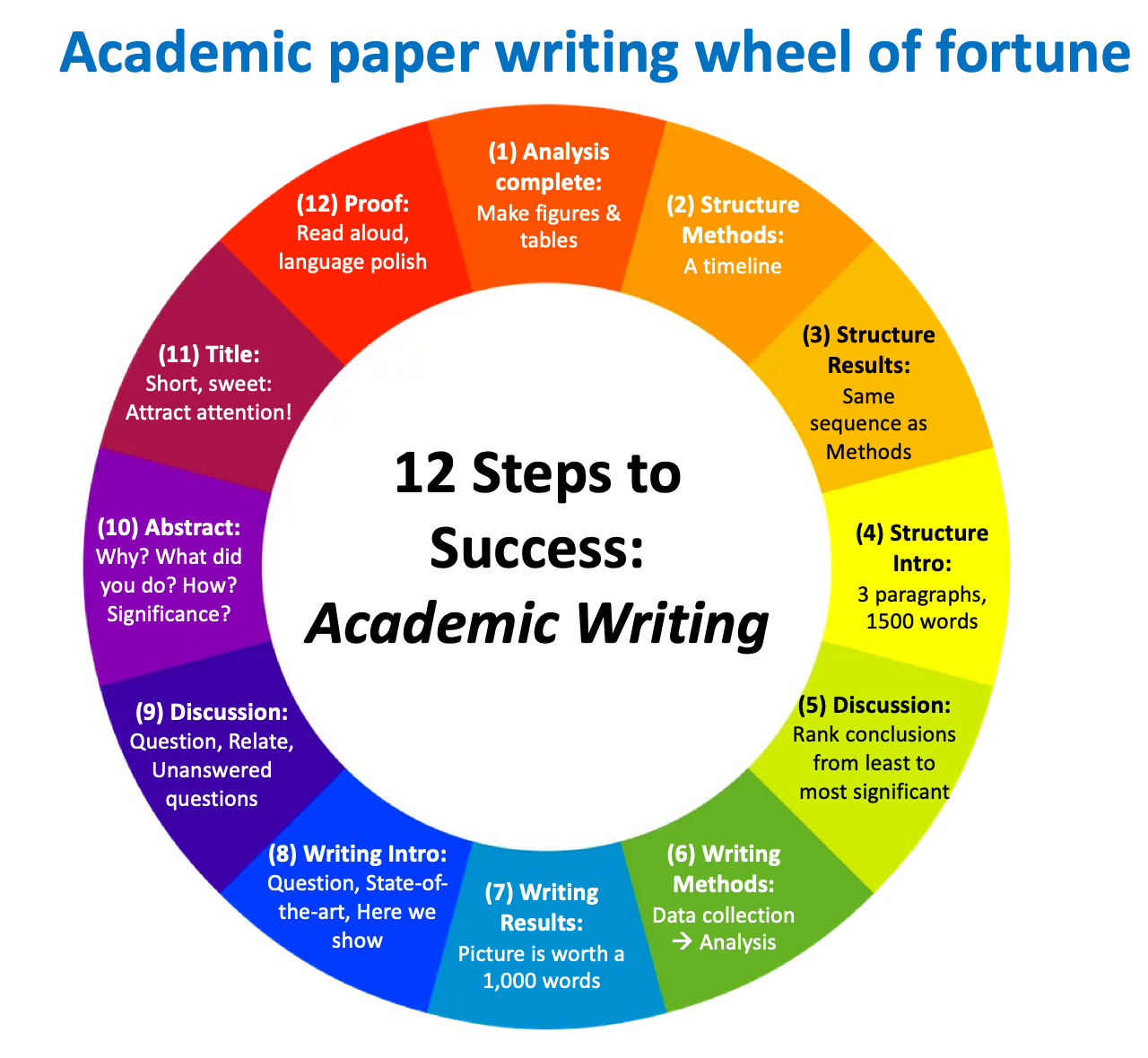

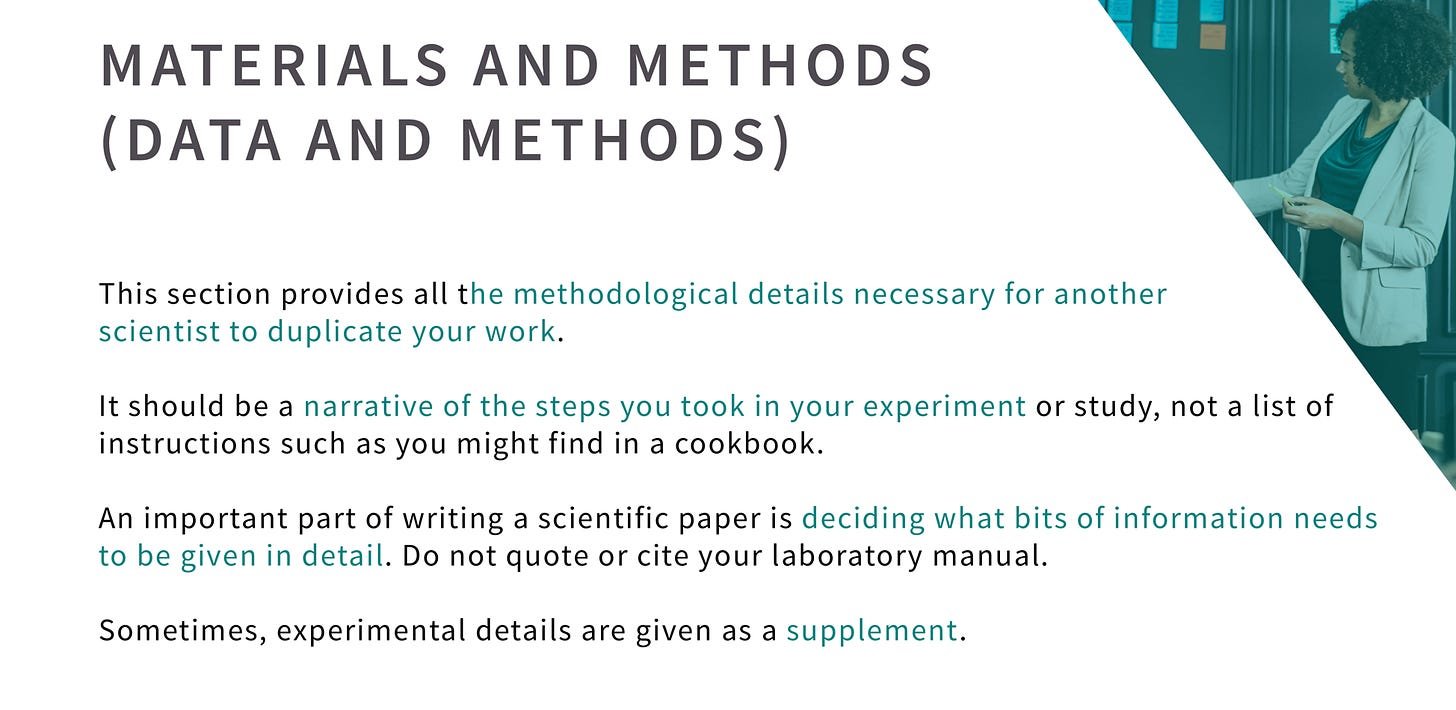

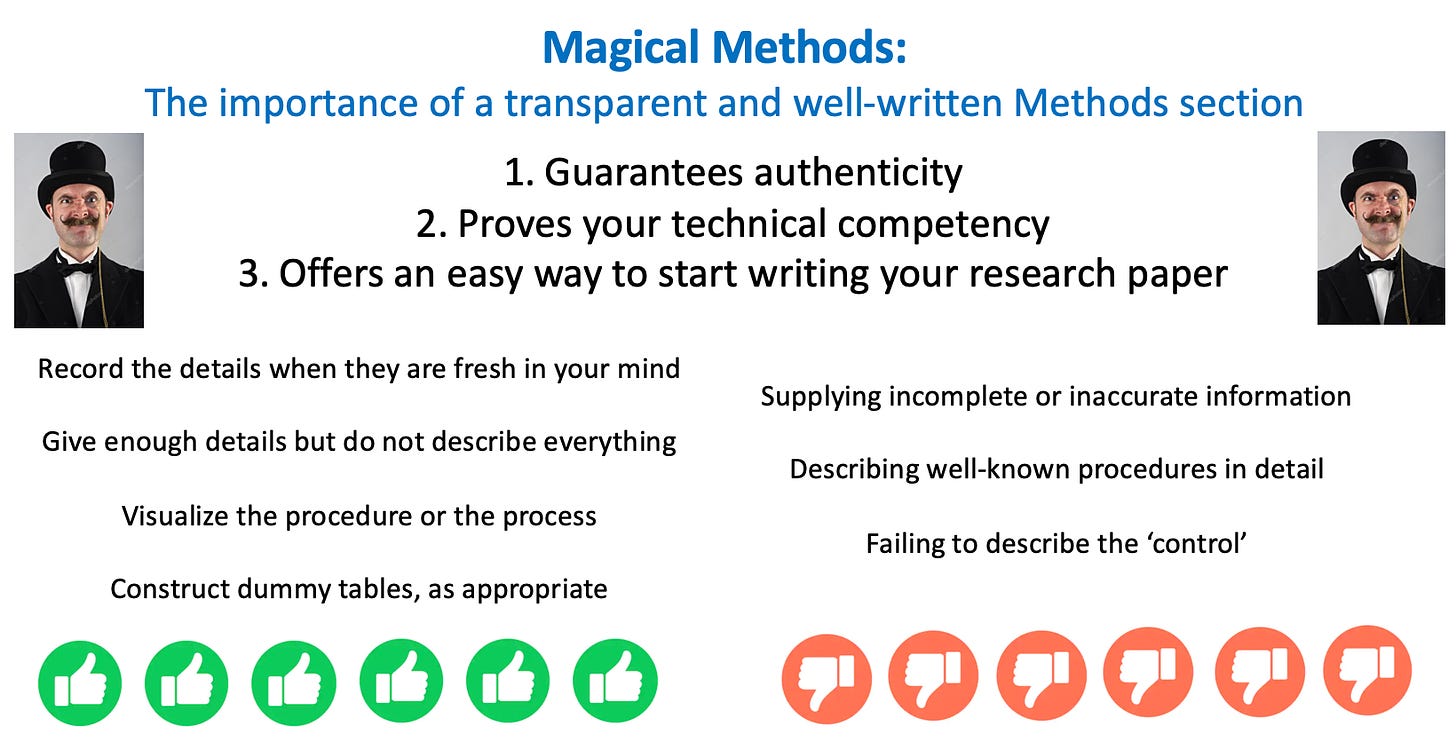
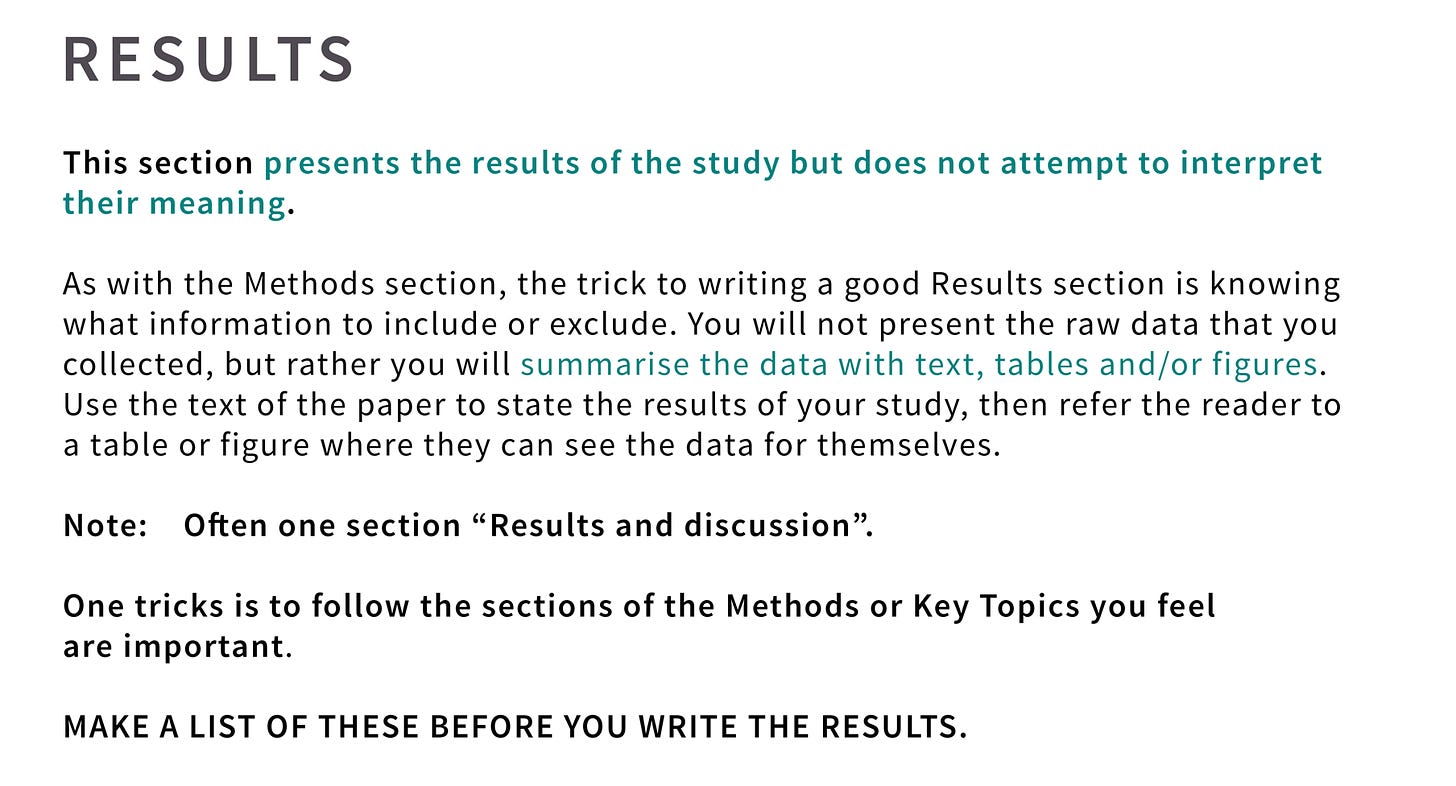
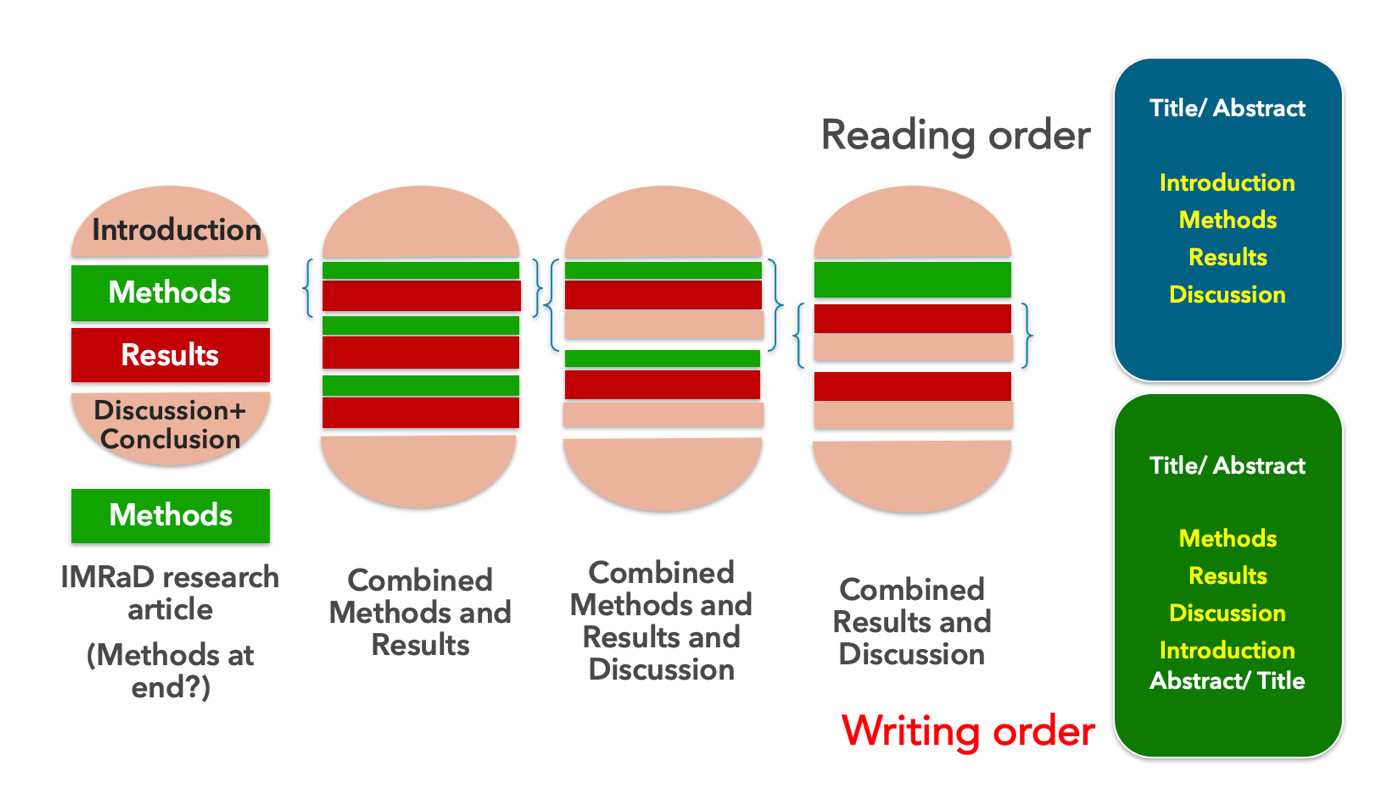

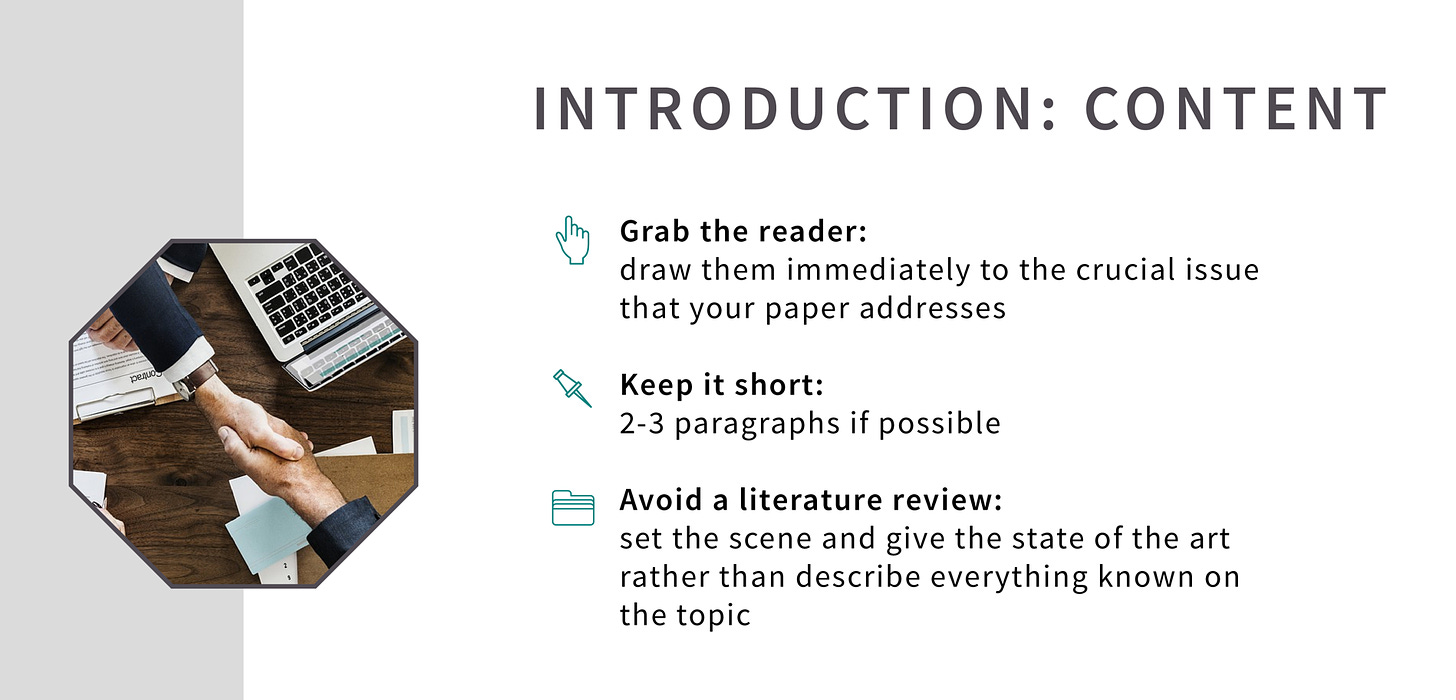
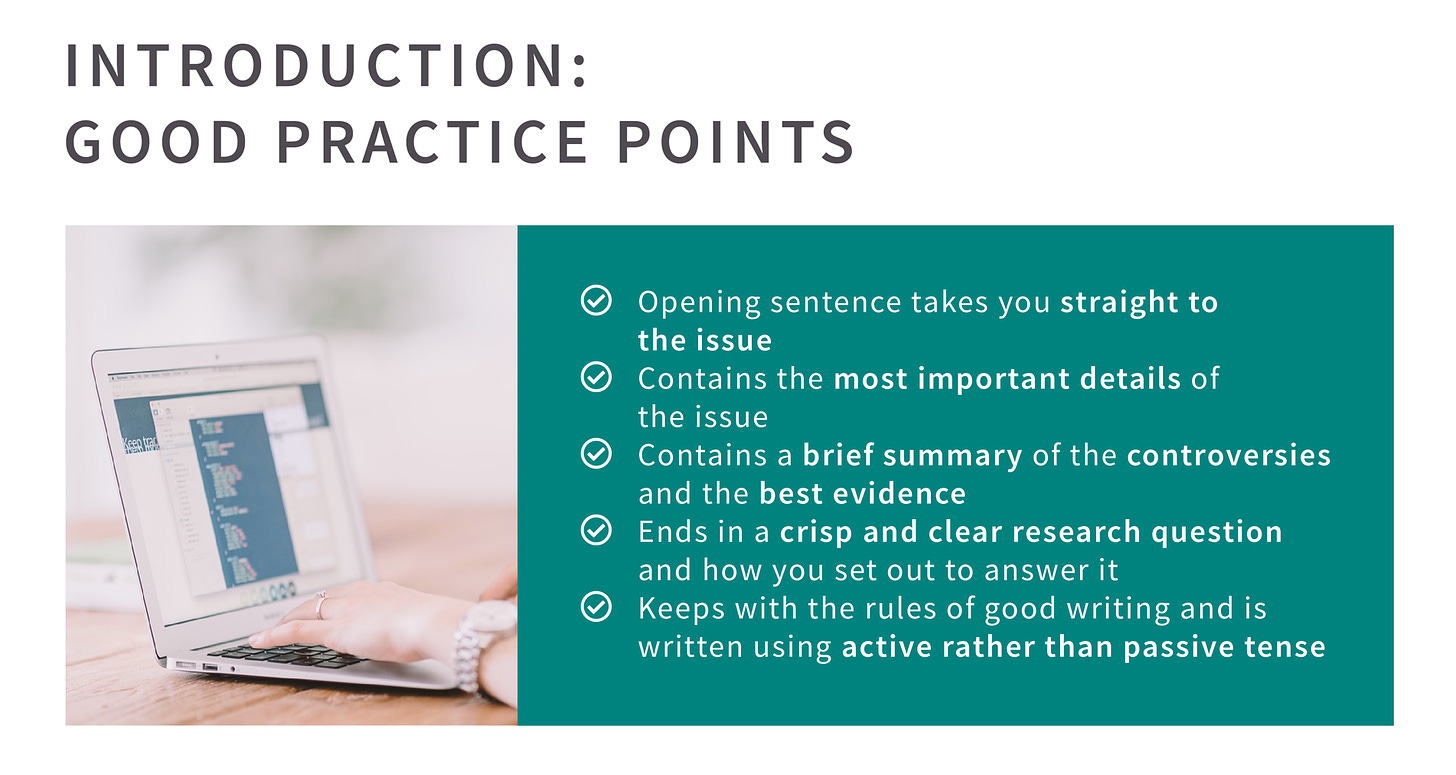
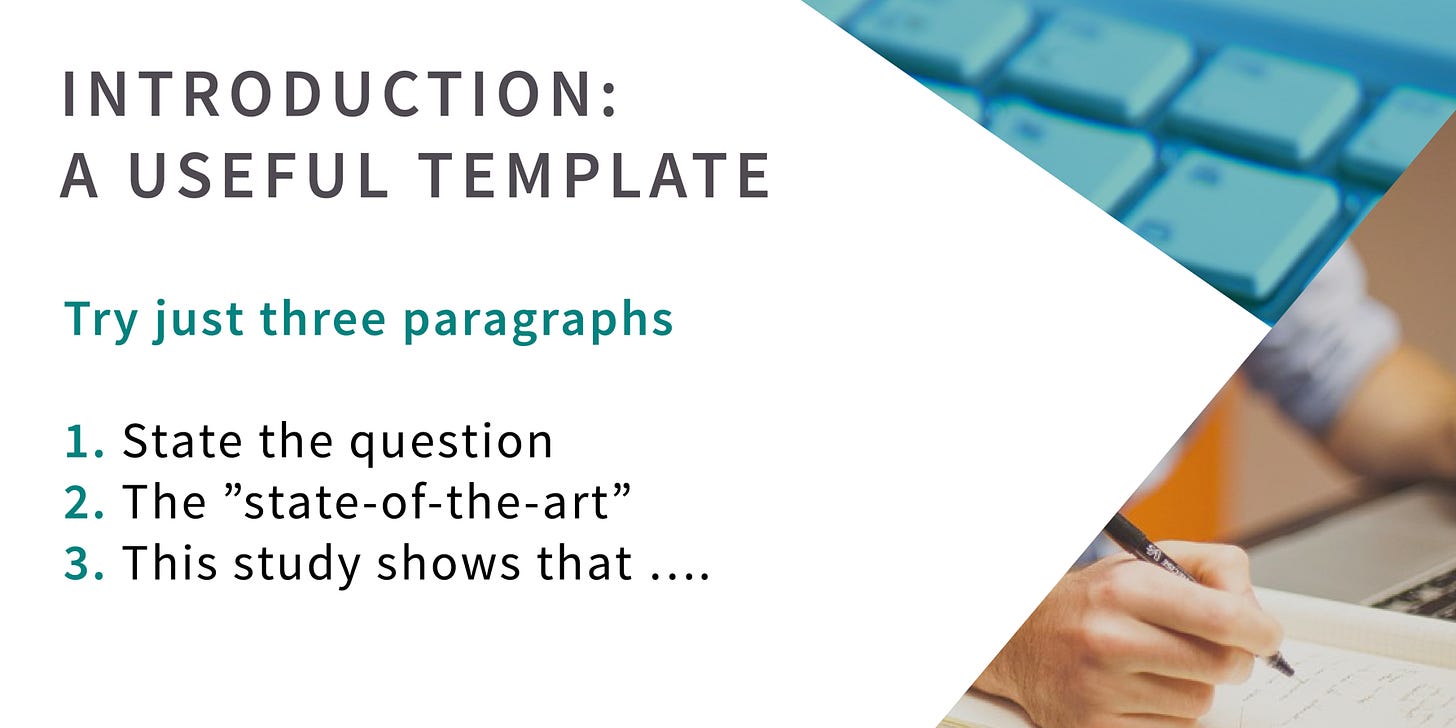
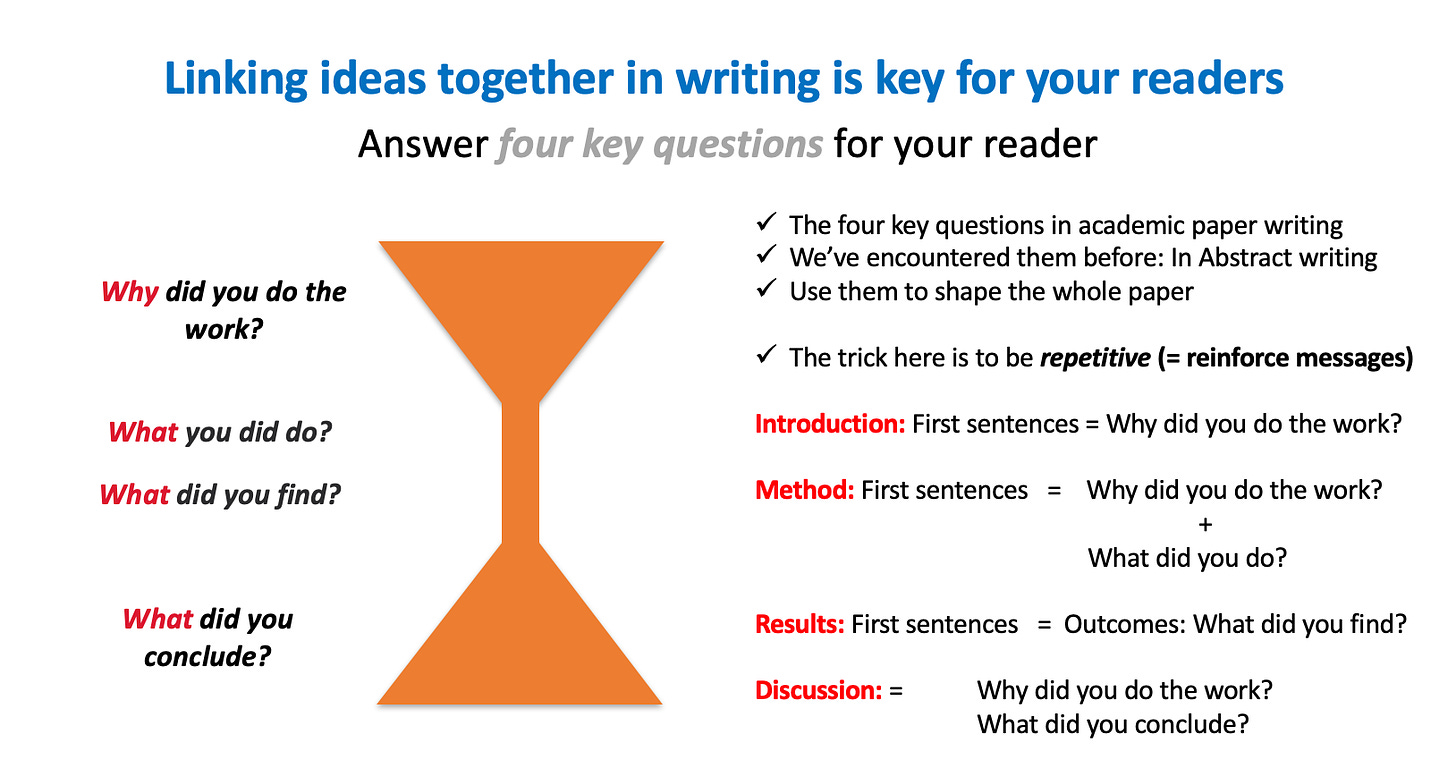



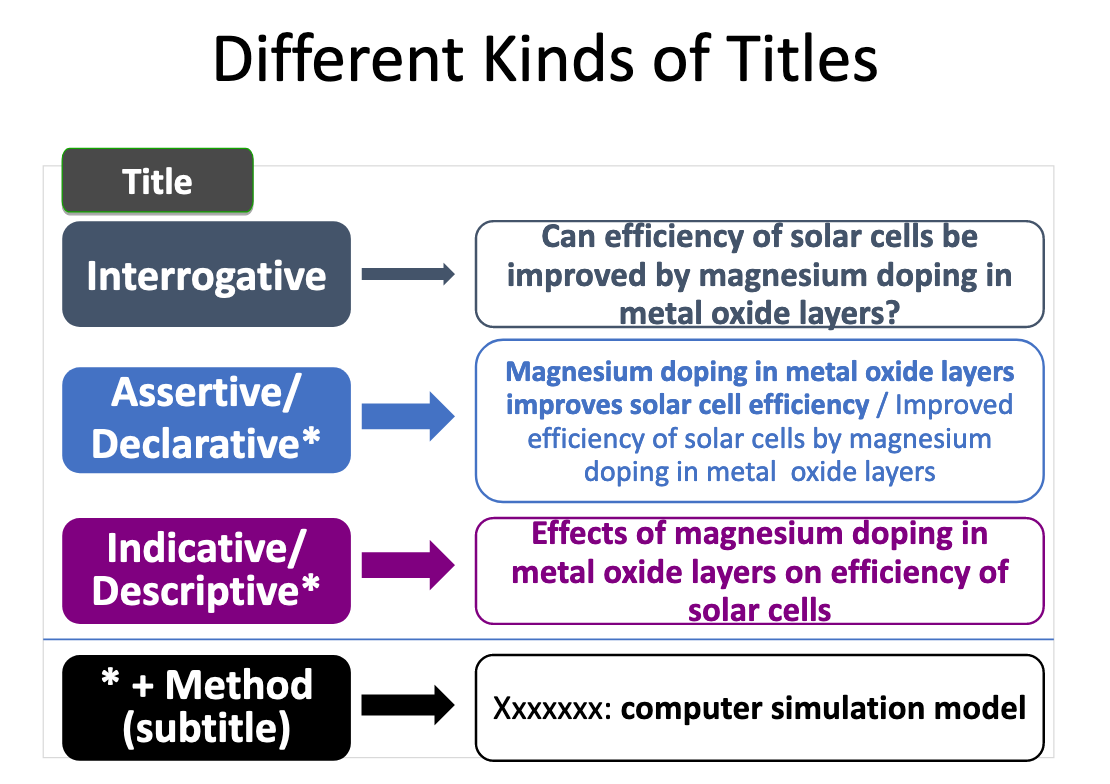

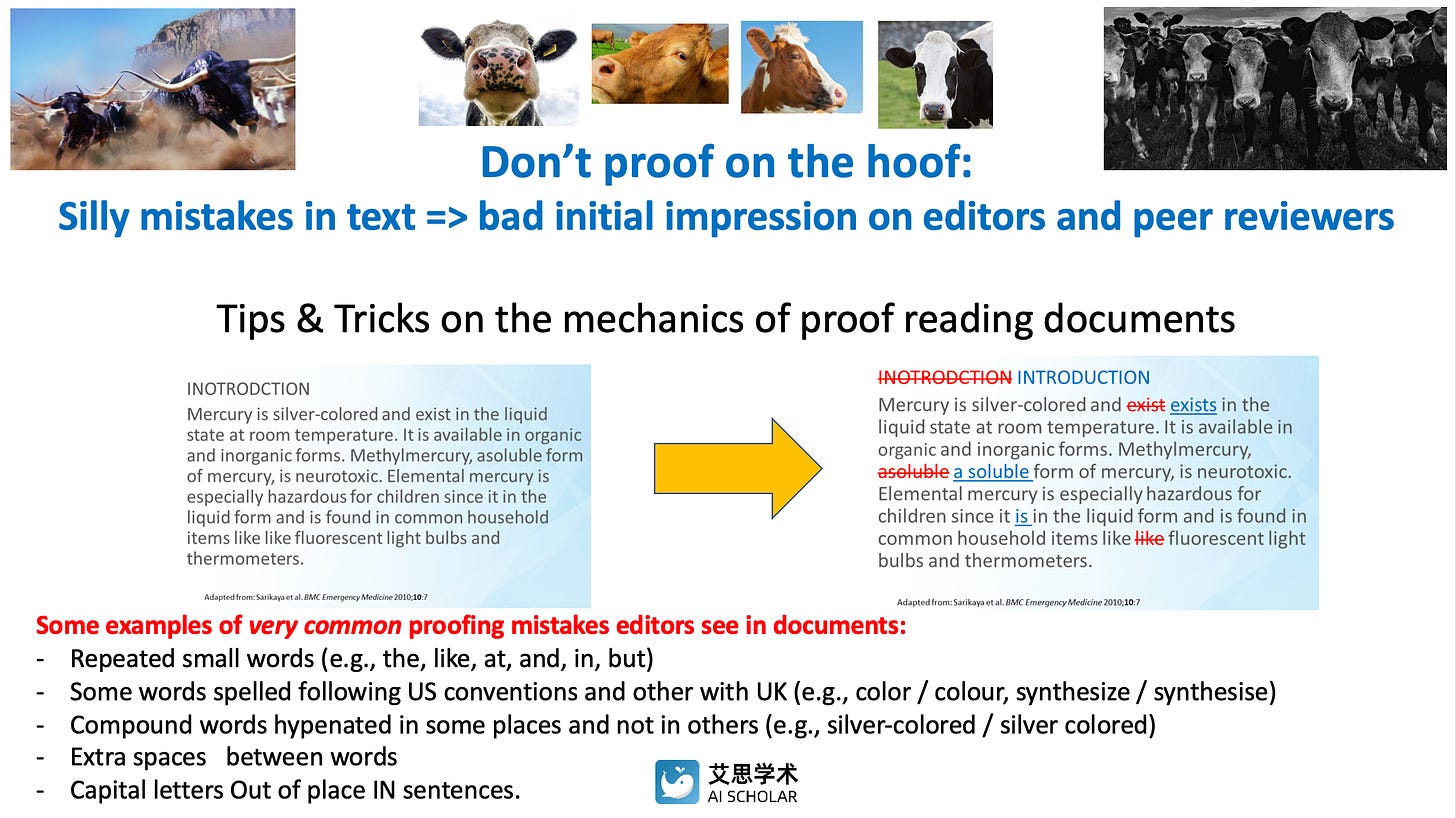
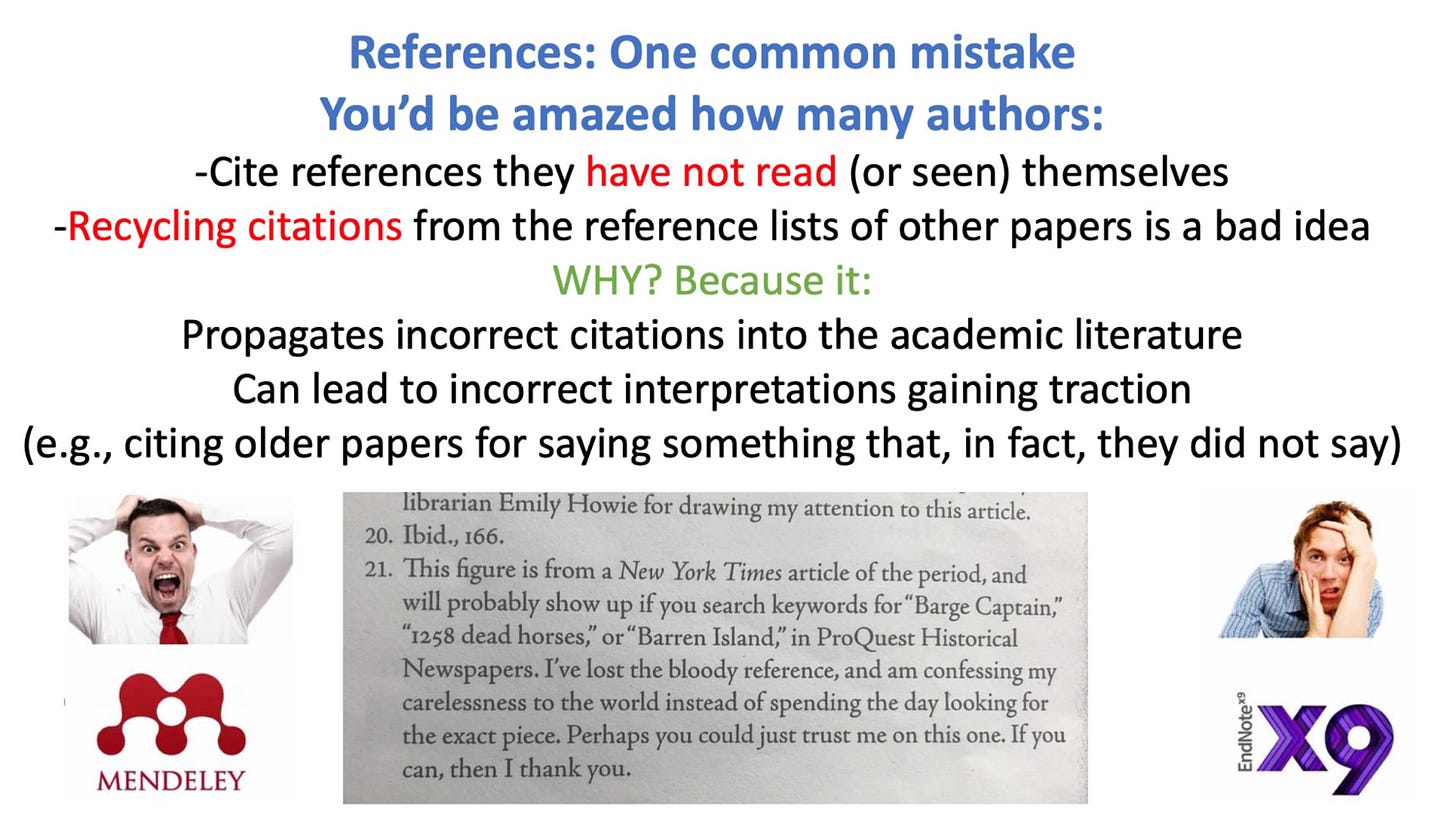







0 Comments